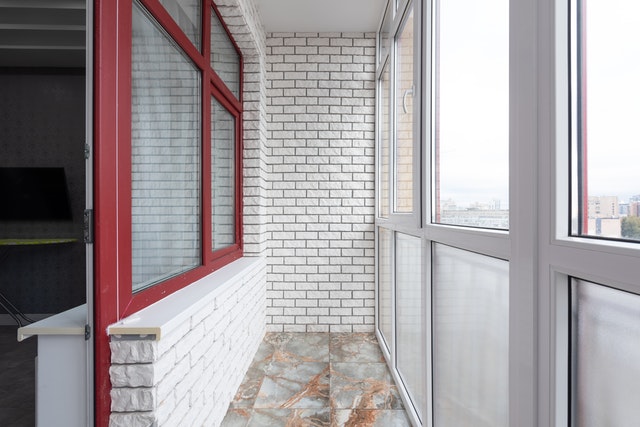When discussing a property’s facade, it is easy to be confused about storefronts, window walls, and curtain walls. What do these terms mean, and what are the differences between them?
All three of these terms refer to the glass exteriors of a building. However, there are a few factors and elements that define each of these custom mirrors.
All About Storefronts, Window Walls, and Curtain Walls
Storefronts are commercial glass doors and windows that are typically 10 feet high or less. They are center glazed and commonly used for just the ground floor of buildings.
In contrast, window walls are mounted at the center of floor pieces and are non-load bearing. They are prefabricated and put in place using caulk and tape.
Like window walls, curtain walls are non-load bearing. They are called such because of their appearance, which resembles curtains hanging from the floor sections. Curtain walls are typically 25 feet high or higher, depending on the building’s overall structural plan. In addition, they are front-coated and integrate a self-depleting framework.
Differences Among the Three Facade Types
- Storefronts can only be used for edges with a maximum height of 10 feet. Curtain walls, on the other hand, are utilized for edges 11 feet or higher.
- Fabricated storefront systems are designed to be single-span structures, which means they have anchors at the head and sill only.
- Curtain walls are typically thicker than window walls and storefronts.
- Storefronts in the US are usually made of insulating glass units and extruded aluminum framing. They are best used as vents and entry doors, unlike window walls and curtain walls that are preferred as protective exteriors for larger structures.
- Curtain walls, like storefronts, are composed of insulating glass units and extruded aluminum framing. However, they can also include stone or metal panels and other types of infill.
- Window and curtain walls can extend to different levels of a building. Storefronts can only be used on ground floors.
- Window walls are typically installed from the second floor up, but curtain walls can be installed from any floor.
- While curtain walls hang from a building’s front exteriors, window walls are nestled between each floor’s structural components.
- Window walls and curtain walls are ideal for business development because of their ability to serve lighting and practical needs. The glass can make any building stand out among a sea of traditional industrial structures. This is why these two facade types are very popular among property developers.
- Despite the close similarity between window walls and curtain walls, note that the latter is composed of heavy metal sheets hitched on the floor sections of a building.
- Because of their greater flexibility in design and performance, window walls and curtain walls are usually more expensive than storefront systems.
Conclusion
Identifying the key differences between storefronts, window walls, and curtain walls is vital for property owners and construction professionals to determine the type of facade that best suits their needs. This also helps ensure the comfort and safety of a building’s occupants. It’s best to consult with a professional before making any major decision on which type of building facade to install.
For a free mirror consultation in New York, connect with Signature Glass Creations. Founded by Robert Olah, we are focused on providing high-quality glass and mirror products for residential and commercial projects. Give us a call today!

